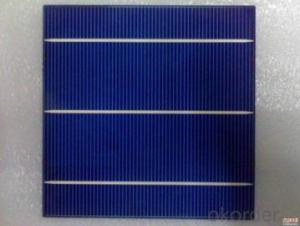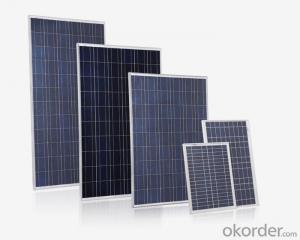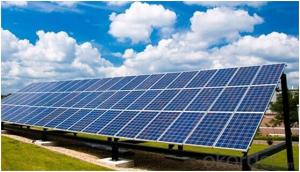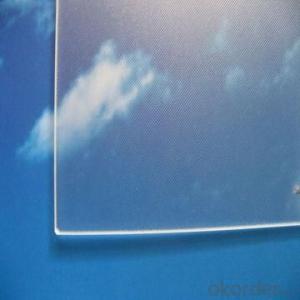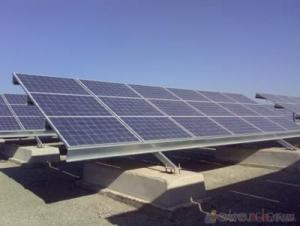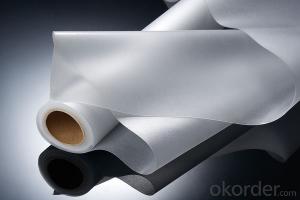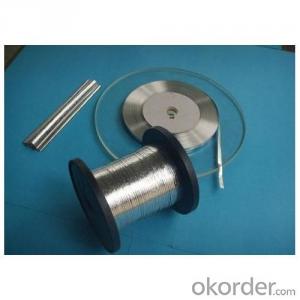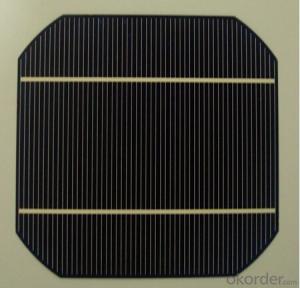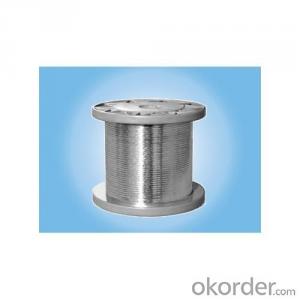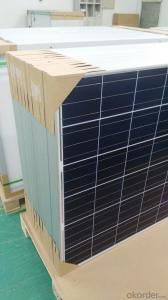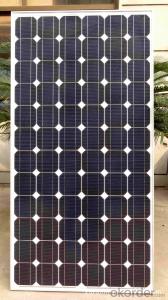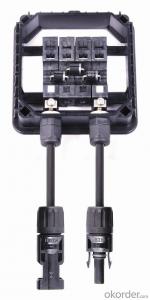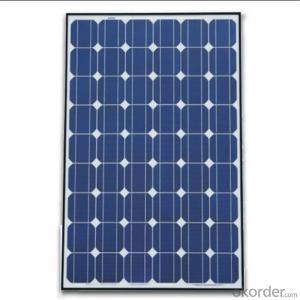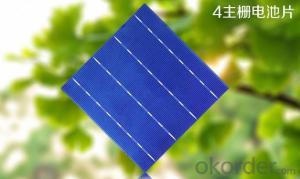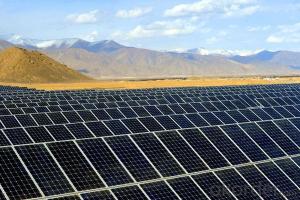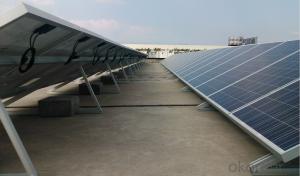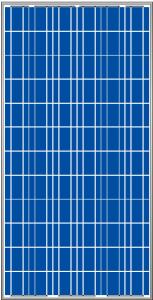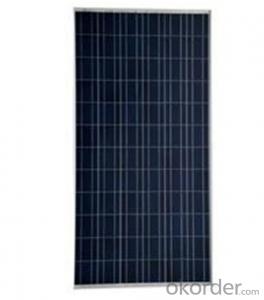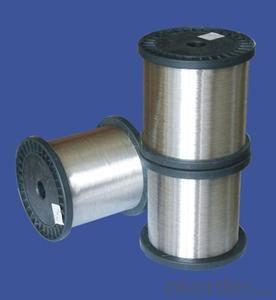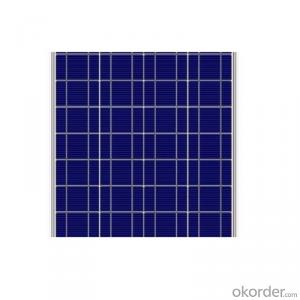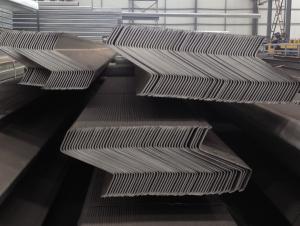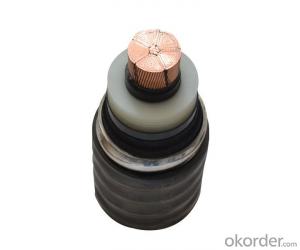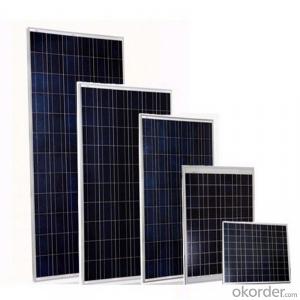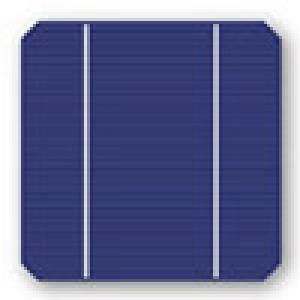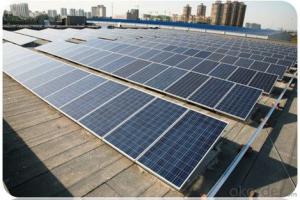Pv Cells In Solar Panels
Pv Cells In Solar Panels Related Searches
Pv Solar Cells Photovoltaic Pv Solar Cells Solar Panel Pv Module Pv Module Solar Panel Solar Pv Module Pv Solar Inverter Solar Pv Inverter Solar Pv Module Manufacturers Silicon Solar Pv Module Pv Powered Solar Inverter Pv Solar Module Manufacturers Rv Solar Cells Pecvd Solar Cells Solar Pv Module Price Best Solar Pv Inverter Photovoltaic Solar Cells Solar Pv Module Cost Solar Pv Inverter Types Best Inverter For Solar Pv Solar Pv Inverter Prices Solar Pv Inverter Location High Voltage Solar Cells Polymer Solar Cells Solar Pv Inverter Sizing Solar Pv Inverter Price 12 Volt Solar Cells High Power Solar Cells Sell Scrap Pv Solar Module Iii V Solar Cells Solar Pv Inverter On MauiPv Cells In Solar Panels Supplier & Manufacturer from China
Pv Cells In Solar Panels are the fundamental components that convert sunlight into electricity, making them essential for harnessing renewable energy. These photovoltaic cells are made of various materials, such as silicon, and are designed to efficiently absorb photons and generate a flow of electrons, thereby producing electricity. Solar panels, which are composed of multiple interconnected Pv Cells, are widely used in residential, commercial, and industrial settings to reduce reliance on fossil fuels and decrease carbon emissions.Pv Cells In Solar Panels are utilized in a variety of applications, from powering individual homes to large-scale solar farms that supply energy to the grid. They are also found in portable devices like solar chargers and calculators, as well as in off-grid systems that provide electricity to remote areas without access to traditional power sources. The versatility of these cells makes them a popular choice for both small-scale and large-scale energy generation projects.
Okorder.com is a reputable wholesale supplier of Pv Cells In Solar Panels, offering a vast inventory to cater to the needs of various customers. With a commitment to quality and competitive pricing, Okorder.com ensures that businesses and individuals can access the光伏电池 needed for their solar energy projects. Whether it's for a small home installation or a large-scale commercial application, Okorder.com is a reliable source for光伏电池 and other solar panel components.
Hot Products
